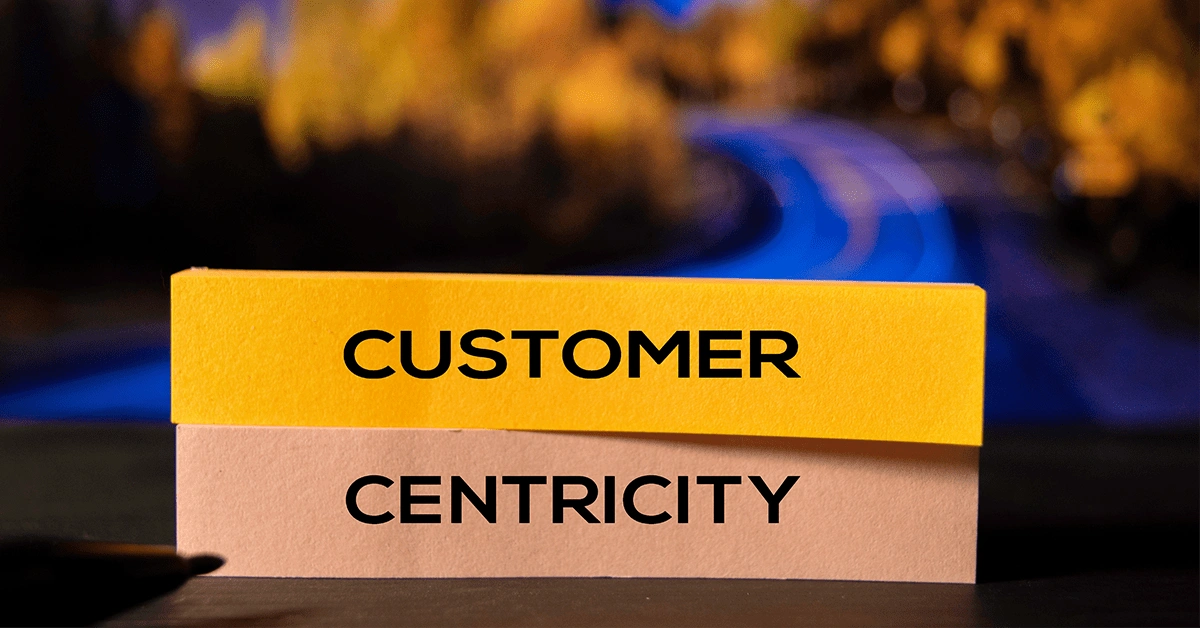
In this guest article, Chiara Diana, chief design officer at frog discusses how to develop sustainable products and experiences with a net-positive impact on the environment.
From smart watches to software-enabled vehicles, consumers are more connected than ever before. By 2030, the number of connected devices is projected to climb to 29.4 billion worldwide. Meanwhile, an entire generation of digital natives is shaping expectations, prizing connected products and services that deliver extreme convenience, expert guidance and meaningful experiences with a net-positive impact on the environment.
Welcome to the connected world—a place where products are intelligent, enabled by AI and emerging tech, fuelled by data, personalised through insight and differentiated by design. These connected products increasingly live within dynamic service ecosystems that transform experiences for customers in real-time, simultaneously unlocking next-level business models to scale for breakthrough growth.
Along with improved value for consumers, the fast movers across all sectors that are building and delivering connected products and services are seeing brand-related and operational benefits ranging from improved customer experience to a reduction in servicing costs and accelerated R&D cycles.
Of course, connected products and services are less about technical capability and more about realising a vision for customer experience. Our work with clients has led to consensus around five common challenges to overcome in the connected world—and five methods for future-proofing connected product strategy.
Tech excitement outpaces customer benefit
Remember the scene in the 1993 movie Jurassic Park where Jeff Goldblum’s character admonishes the scientists for being so preoccupied with whether they could clone dinosaurs that they didn’t stop to ask if they should? The same applies to product strategy. At a time when emerging technology is constantly evolving, it’s all too easy to fall in love with the process of realising what’s possible. However, at the heart of all product strategy should be the customer benefit.
This requires a comprehensive look at the entire customer journey instead of being distracted by enabling tech for any individual touchpoint. The connected world is built on access to new data sets, embedded AI and ubiquitous sensors. Such technology requires trust that the value for the customer will make these new paradigms worthwhile.
Unexpected costs erode ROI
Growing into new domains can take multiple rounds of internal and stakeholder buy-in, informed by the pursuit of clear financial KPIs. However, when taking on something new, unexpected costs can come to the fore, from onboarding parts of the organisation to new tools and processes, to scope creep across undefined R&D cycles. Success in newly connected domains requires a clear budget definition and a viable method for making and scaling. This might require strategic partnerships comprising a robust ecosystem to avoid the unexpected costs of going it alone.
Innovation clashes with organisational siloes
Moving into the connected world will take transformation efforts for legacy businesses. Yet, transformation work takes time and resources. While meant to increase speed and unify organisations across a common goal, large-scale transformation efforts can ironically slow down development progress when forging new paths for growth. When moving from legacy businesses to new connected ventures, disjointed efforts and a lack of common stakeholders across teams can stifle innovation. Overcoming organisational complexity requires communicating a shared vision for innovation—and bringing the business together accordingly.
New business models bring new complexity
Intelligent product and service ecosystems push the boundaries of an organisation’s core competencies. Take, for example, Disney leveraging the Magic Band+ to personalise the park experience, or IKEA suddenly developing software to launch a connected lighting suite. Whether expanding your portfolio to inject data-driven features, adding hardware to an offering to extend a relationship with a customer, or transforming a one-off product into a personalised ecosystem, new value adds for consumers and brand require new ways of working and operating. T
here may be new customer support systems required, new supply chains to create or restructure, new and varied R&D cycles across hardware and software to govern—the list goes on and on. Managing this kind of complexity to meet the new opportunities of a connected world takes a radical mindset shift.
The design lacks emotional value
Pushing the boundaries of physical and digital products takes a convergent approach that seeks to harmoniously bring experiences together. Further, designing for a connected world also requires an insight-driven approach to inspire real emotion in users. This comes through deploying methods like behavioural science to understand: What are users trying to achieve? How can a connected product or service help them reach their goals? How can the design encourage the right behaviours to help them on their path? This goes far beyond making something intuitive and easy to use, but toward reaching a new level of meaning for customers to experience.
Overcoming these five connectivity-related challenges is rarely easy. Yet, they are essential for future-forward businesses to overcome in an increasingly competitive marketplace. The unprecedented paths toward growth, expanded customer connections and prolonged customer lifetime value are just a few reasons to step into the new connected world.
However, across any connected effort, it’s essential to not lose sight of every organisation’s key stakeholder: the planet. Gone are the days of sustainable products being seen as a luxury or a nice-to-have. One survey showed that 79% of customers will change their preferences based on the social or environmental impact of their purchases, with 52% of those surveyed reporting an emotional connection with sustainable products and organisations.
The connected product ecosystems of tomorrow must now meet sustainability initiatives for the planet alongside delivering sustainable business growth. Across all industries, market conditions are changing alongside the economics. Businesses are experimenting with circular strategies, improved supply chain transparency and regenerative design principles that aim to reduce harm and create a positive impact on the environment. Now is the time to step into a connected future that better serves product, people and planet.
Related and recommended
Richard Harpin, the founder of HomeServe and Growth Partner and owner of Business Leader, answers your burning business questions
Contestants from The Apprentice reveal the fundamental business lessons they learned from taking part in the TV show
From global talent pools to AI-powered documentation, a work-from-anywhere model is a new way of thinking about productivity, innovation and teamwork
The story of how cycling brought Business Leader member John Readman together with his co-founder and investors




